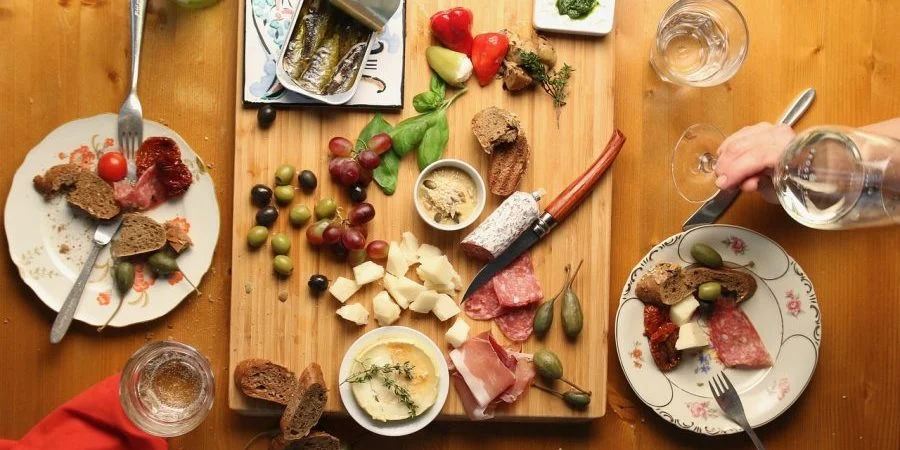Embarking on the Camino de Santiago is a transformative journey. Proper nutrition ensures you have the energy and vitality to fully embrace the Camino experience.
Understanding the Camino Diet
The Camino offers a diverse culinary landscape. Each region boasts its own traditional dishes and ingredients, providing a rich tapestry of flavours and nutrients.
Regional Specialties
As you traverse different regions, you’ll encounter unique culinary delights. In Galicia, for instance, seafood is a staple, with dishes like ‘Pulpo a la Gallega’ (Galician-style octopus) being a must-try.
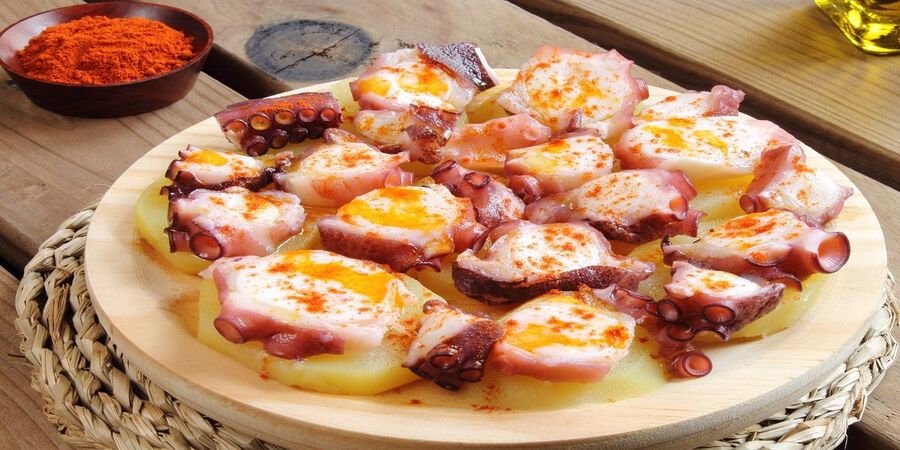
Planning Your Meals
Proper meal planning is essential to maintain energy levels and overall well-being during your pilgrimage.
Breakfast: Starting Your Day Right
A typical Spanish breakfast is simple. Expect offerings like fruit, bread with butter and jam, pastries, cereals, and beverages such as coffee, tea, or juice. Some larger hotels may provide buffet options, including eggs, cold meats, and cheese. *Tip: Pack extra bread, meats, cheeses, and fruit for the journey.
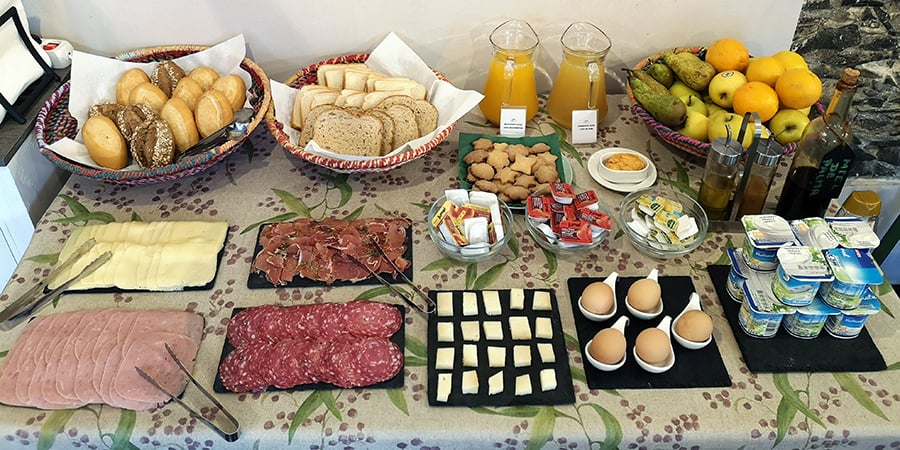
Lunch and Dinner: Refuelling Your Body
Lunch and dinner often feature a variety of options. Starters might include soup, salad, or fish, followed by main courses of meat or fish accompanied by potatoes or bread. Desserts range from cheesecake to ice cream. Vegetarian options are increasingly available; informing your hosts in advance can ensure suitable meals. Check out our blogs on Vegetarian on the Camino and Food and vegetarian options on the Camino!
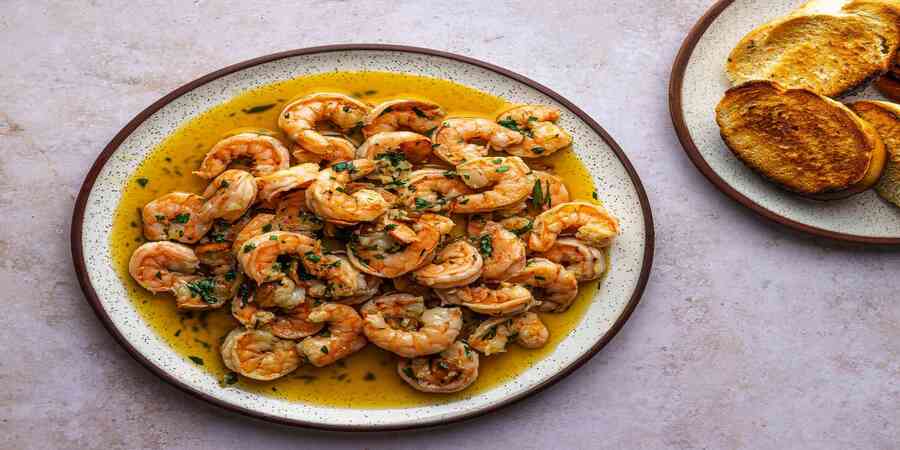
Snacking Smart on the Camino
Snacks play a vital role in keeping your energy up between meals. Consider packing:
- Fresh Fruit: Provides natural sugars and hydration.
- Nuts and Trail Mix: Offer protein and healthy fats.
- Protein or Cereal Bars: Convenient sources of sustained energy.
- Dark Chocolate: A quick energy boost and morale booster.
- Dried Fruit: Concentrated sources of natural sugars and nutrients.
Hydration: The Key to Endurance
Staying hydrated is crucial. Always carry a reusable water bottle and refill it regularly. While water is essential, moderate consumption of local beverages like ‘Albarino’ white wine or ‘Rioja’ red can enhance your culinary experience.
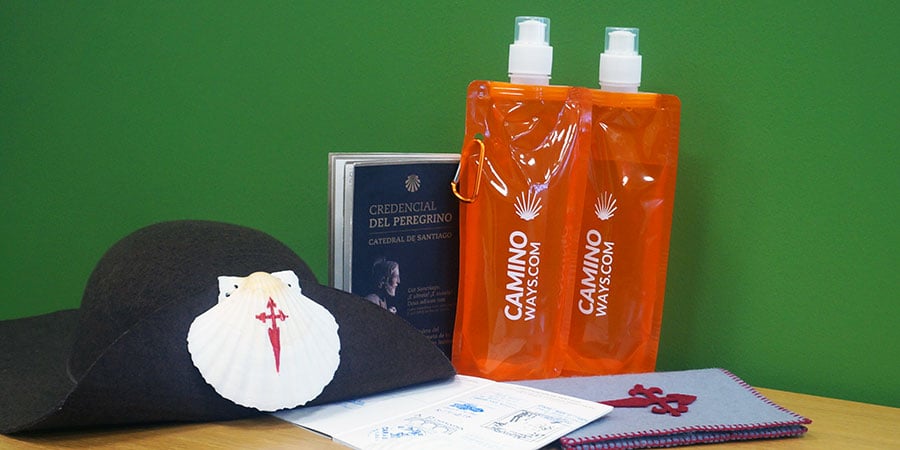
Catering to Dietary Preferences
The Camino is becoming more accommodating to various dietary needs.
Vegetarian and Vegan Options
Vegetarians can enjoy dishes like grilled vegetables, unique salads, and soups. Vegans may need to communicate their dietary preferences clearly, as traditional Spanish cuisine heavily features animal products. However, with prior notice, many establishments can provide suitable alternatives. Check our our blog Vegan on the Camino and the Happy Cow website for more in-depth information on Vegan options and restaurants.
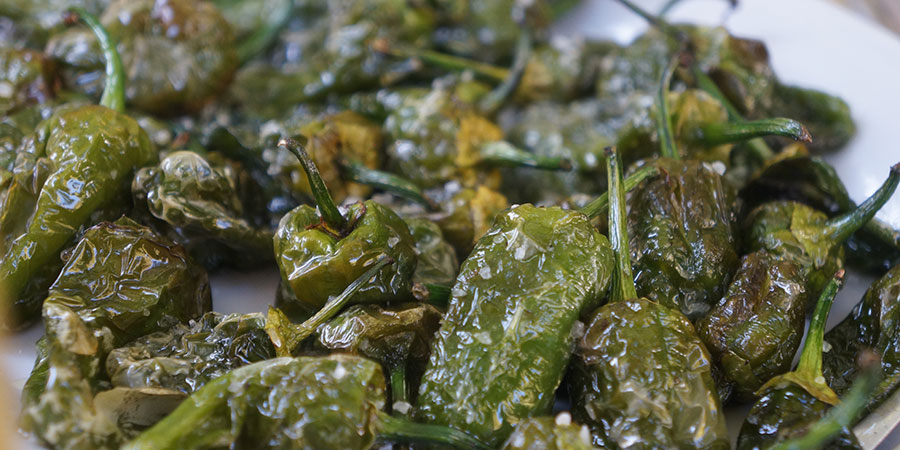
Embracing the Communal Dining Experience
Meals on the Camino are more than just sustenance; they’re an opportunity to connect with fellow pilgrims. Sharing stories over a communal meal enriches the journey and fosters a sense of camaraderie.
Balancing Indulgence and Nutrition
While it’s tempting to indulge in every culinary delight, maintaining a balanced diet ensures you have the energy to continue your journey. Enjoy regional specialties in moderation and listen to your body’s needs.
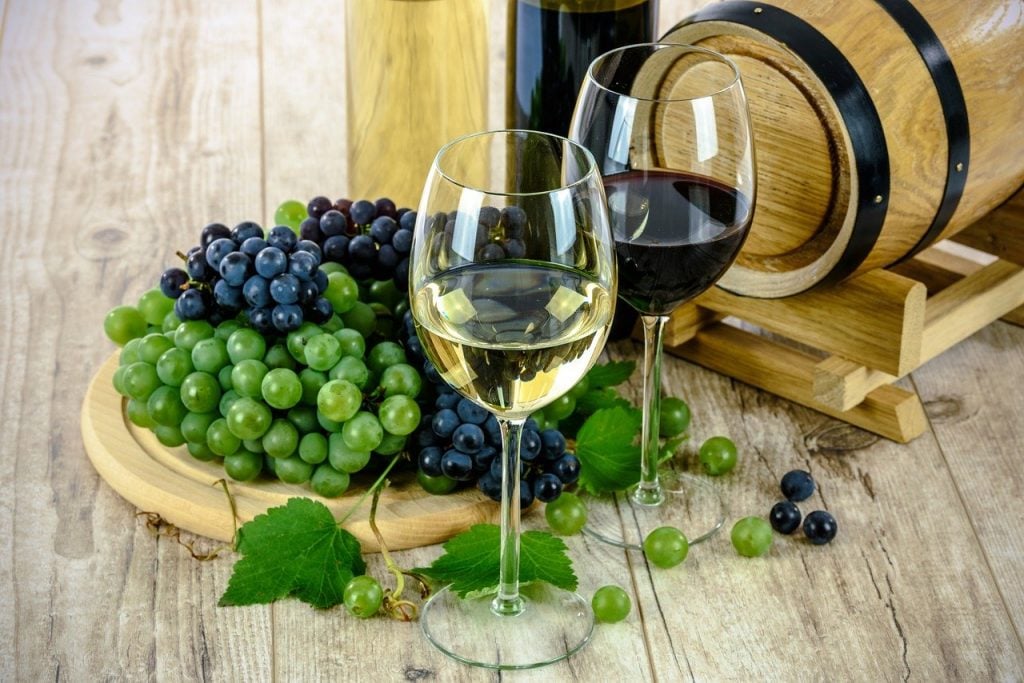
Proper nutrition enhances your Camino experience, providing the energy and health needed to fully embrace the pilgrimage. By planning your meals, staying hydrated, and embracing local cuisine, you’ll nourish both body and soul on this remarkable journey.
For more information about food on the Camino, and the Camino de Santiago routes or to book your trip, contact us. Plan your trip effortlessly and get an instant quote with our Camino Planner.
